#Aesculus pavia
Text

Aesculus pavia / Red Buckeye at the Sarah P. Duke Gardens at Duke University in Durham, NC
#Aesculus pavia#Aesculus#Sapindaceae#Red Buckeye#Scarlet Buckeye#Woolly Buckeye#Firecracker Plant#Native plants#Native flowers#Native trees#Flowers#Plants#Trees#Sarah P. Duke Gardens#Duke Gardens#Duke University#Durham#Durham NC#North Carolina#nature photography#photographers on tumblr
0 notes
Text
Collected 37 red buckeye seeds :)
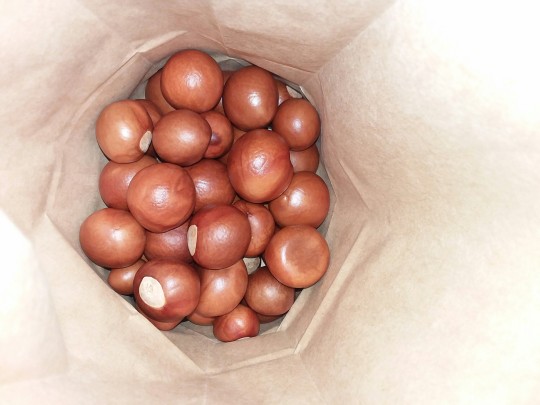
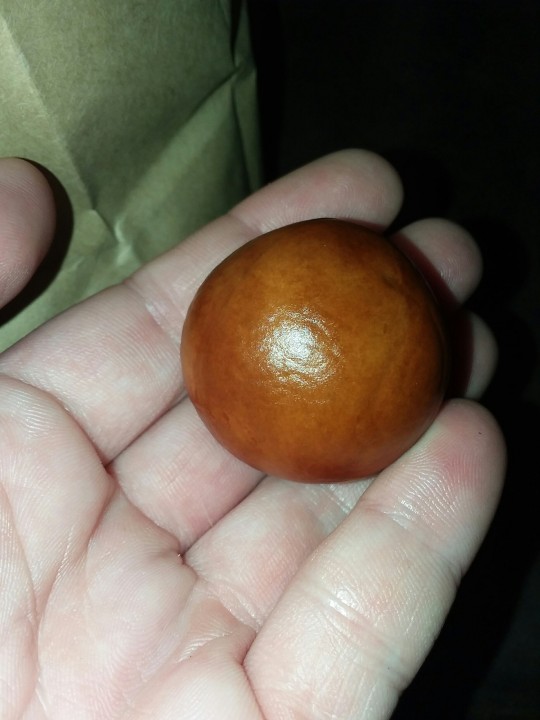
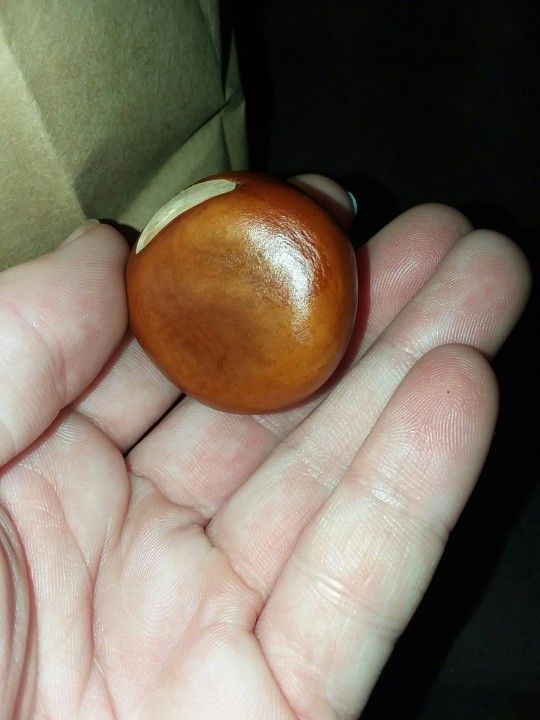

[ID: Four photos taken with flash turned on. The first shows the inside of a brown paper bag, with many large, round brown seeds inside. The next three show a white hand holding a single seed, showing it is very large, with a light brown cat and a white patch at the top. End ID.]
0 notes
Text

0 notes
Text

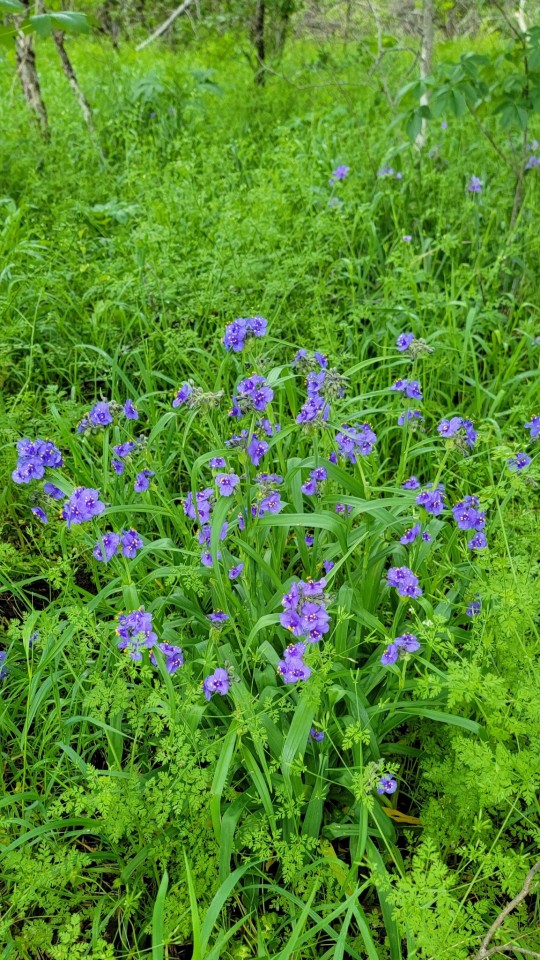
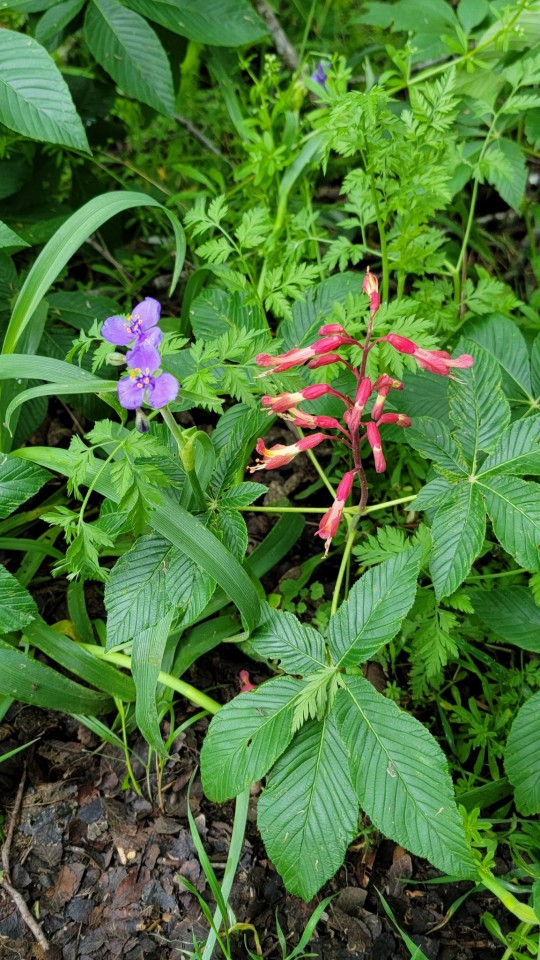
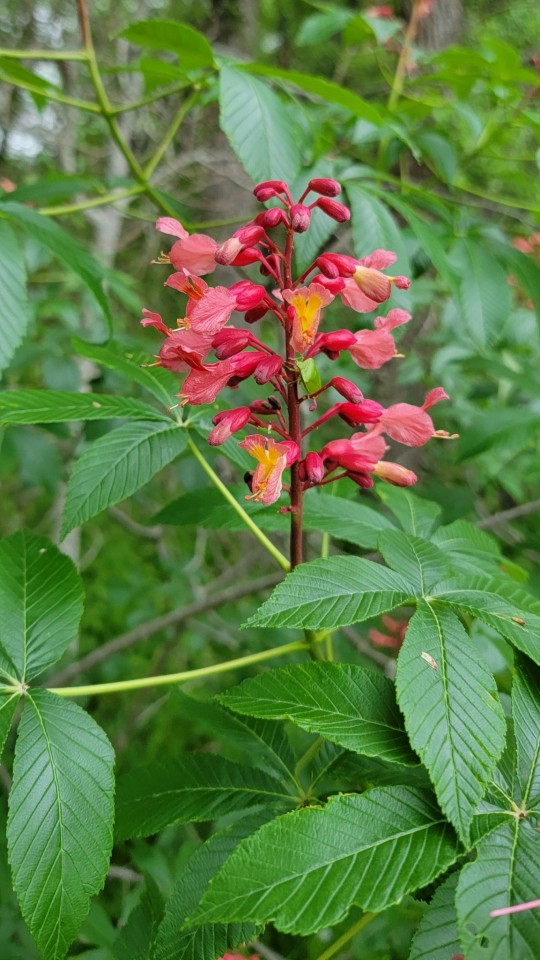





Stars of March: Giant spiderwort (Tradescantia gigantea), red buckeye (Aesculus pavia), and Texas baby blue eyes (Nemophila phacelioides).
45 notes
·
View notes
Photo


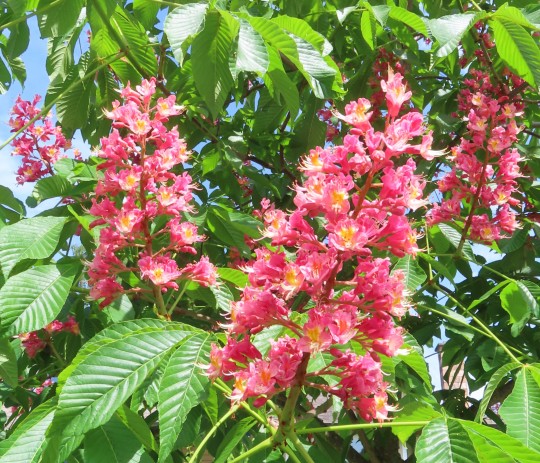
Aesculus hippocastanum and Aesculus × carnea (European horse chestnut tree and hybrid red chestnut tree - var. ‘Briotii')
I think horse chestnuts are one of the most beautiful of all flowering trees. The white and pink flowers in the first photo belong to the common European horse chestnut, Aesculus hippocastanum. This species can grow 130 feet tall and live for 300 years - something to consider if you were thinking of planting one in your garden. Then of course there’s all those leaves in the autumn - horse chestnuts can be a bit messy.
The vivid red and pink flowers of the third photo belong to another creation from some plant breeders imagination. The red chestnut variety 'Briotii' is a cross between a European horse chestnut, Aesculus hippocastanum, and a smaller North American species with red flowers called Aesculus pavia (red buckeye). This cultivar only grows to about 40 feet in height and I’ve seen many a baby Briotii popping up as an ornamental boulevard tree in my ever expanding Vancouver suburb.
#flowers#photographers on tumblr#horse chestnut#flowering trees#pink and white#fleurs#flores#fiori#blumen#bloemen#Vancouver
121 notes
·
View notes
Text
Ruby runner bog plant

#RUBY RUNNER BOG PLANT FULL#
It is found in swamps and wet places, and is therefore very useful for wet areas, but is happy in upland gardens as well and established plants even tolerate drought. Red Chokeberry is a charming, multi-stemmed, deciduous woody shrub native to Atlantic and Southeastern states. It is considered a critical cover component for Woodcock habitat and is an excellent choice for general enrichment of food and cover resources for our native fauna. And finally, dense branching habit provides cover and nesting habitat for the American Woodcock, Rusty Grackle, and other birds. Alders also serve as host plants for beetles, moth and butterfly caterpillars and other insects. Seeds are eaten by a variety of bird species (Woodcocks, Ruffed grouse), small mammals and rodents. However, it also thrives in well drained upland soil where it is often used to improve wildlife habitat. Its water use is high, and it fixes its own atmospheric nitrogen, naturally forming thickets along watercourses. With its fibrous, shallow root system, Alder is a great choice for stream bank stabilization. Alder is recognized by its unusual, drooping, yellowish male catkins and red female flower structures in spring and small, woody cones in fall. Leaves are alternate, elliptical, with serrated margins, deep green turning to yellow tinged with red in the fall. Tag Alder is a multi-stemmed, deciduous shrub or small tree found on stream banks and in wet meadows in Eastern North America (Main to Florida as far west as Oklahoma, Missouri and Illinois).
#RUBY RUNNER BOG PLANT FULL#
Although this shrub thrives naturally in the bottomlands, it also grows very well on open forest slopes and in the upland garden, tolerating full shade as well as full sun - but benefiting from afternoon shade in these hot summers. This species is all the more prominent because it and other members of the Buckeye family are not consumed by deer, even when it is the only tender green tissue available in the woods. Painted Buckeye is first to emerge in the bottomlands, and also first to senesce, often dropping its foliage in August. The yellowish flowers, which are nectar sources for hummingbirds and butterflies such as the Eastern Tiger Swallowtail, are not far behind. These unfurl to become palmately compound, medium green leaves. Painted Buckeye's appeal lies in the variety of subtle colors displayed by the tender leaves as they emerge in an otherwise brown, woody, winter landscape. Importantly, Red Buckeye is one of the very few really deer-resistant, smallish trees native to our area.Īesculus sylvatica, or Painted Buckeye, is a shrub about 6 feet tall commonly observed along streams and on open forest slopes of the Piedmont counties of NC and other Southeastern states. While Buckeyes are among the earliest to bud out in our creek bottoms, they are also early to senesce, the fruit ripening and leaves dropping as early as August. In late summer it produces pear-shaped capsules containing handsome, shiny, inedible Buckeye seeds. Red Buckeye attracts hummingbirds, butterflies and many other pollinators into the garden. Soon, 4-10-inch long panicles of erect, red to orange-red, tubular flowers follow for bright splashes of color. These become 5- to 10-inch, glossy, dark green, palmately compound leaves. This shrub has much to offer in the mesic garden: its beautiful, tender young leaves emerge very early in the season, before much else in the woods is budding out. In NC it is found in central Piedmont and southern Coastal counties. Aesculus pavia or Red Buckeye is a deciduous, clump-forming shrub or small tree (ten to fifteen feet) native to the Southeast from Virginia over to Texas and Oklahoma.

0 notes
Photo
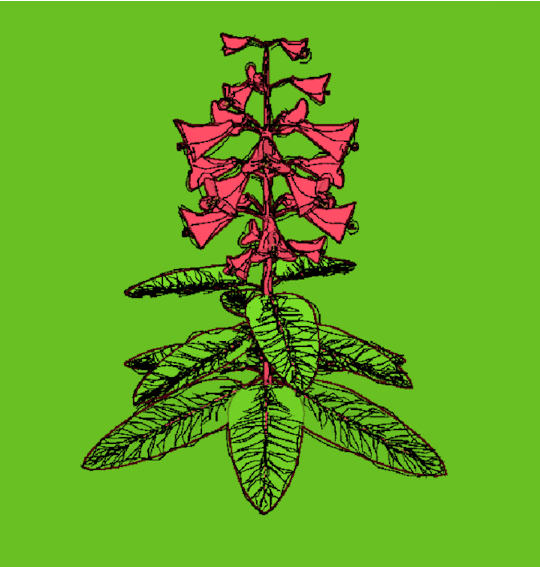
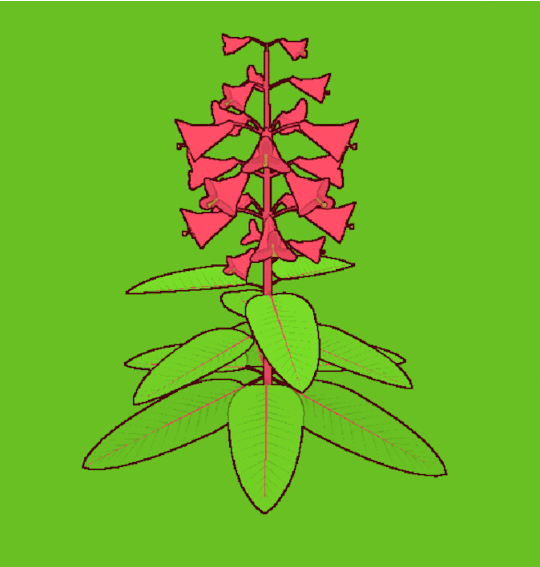
Aesculus pavia
130 notes
·
View notes
Photo
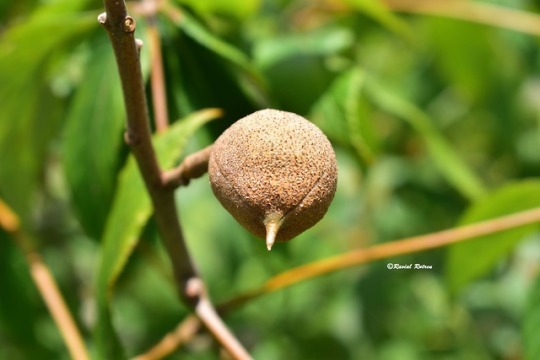

Red buckeye produce beautiful flowers but their fruits are just ugly.
#red buckeye#firecracker plant#Plantae#Angiosperms#Eudicots#Rosids#Sapindales#Sapindaceae#Aesculus#Aesculus pavia#buckeyes#Nikon D3400#nikonphotography#my flora#nature photography#photographers on tumblr#Black Bayou Lake National Wildlife Refuge#trees of the Plains-Midwest (United States)#trees of the North-Central United States#trees of the Southern United States#trees of the Southeastern United States#trees of the South-Central United States#trees of the United States#trees of the Great Lakes region (North America)#flora
3 notes
·
View notes
Photo
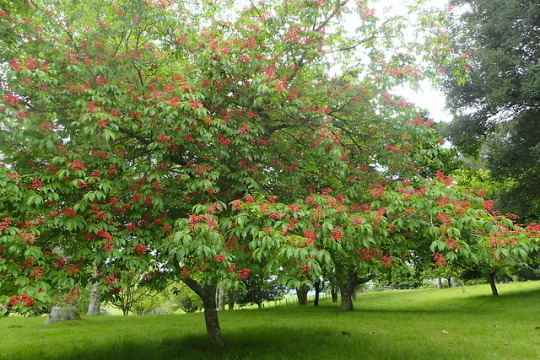
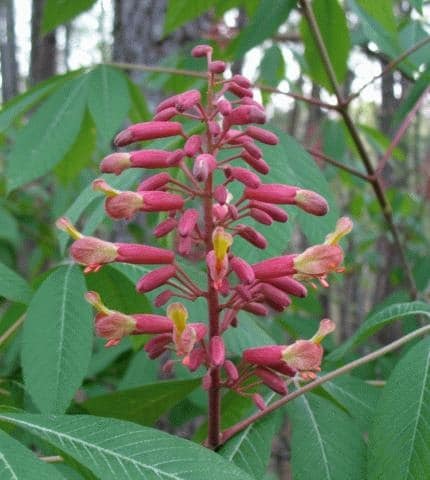
Daily Tree: aesculus pavia
In English please: Red Buckeye, Firecracker Plant
Grows: southeastern continental US
Wikipedia page: here
Photo 1: https : // upload . wikimedia . org/wikipedia/commons/3/30/Aesculus_pavia_%27Splendens%27_kz01.jpg
Photo 2: https : // gnps . org/wp-content/uploads/2015/02/2014_Aesculus_pavia_01.jpg
14 notes
·
View notes
Photo
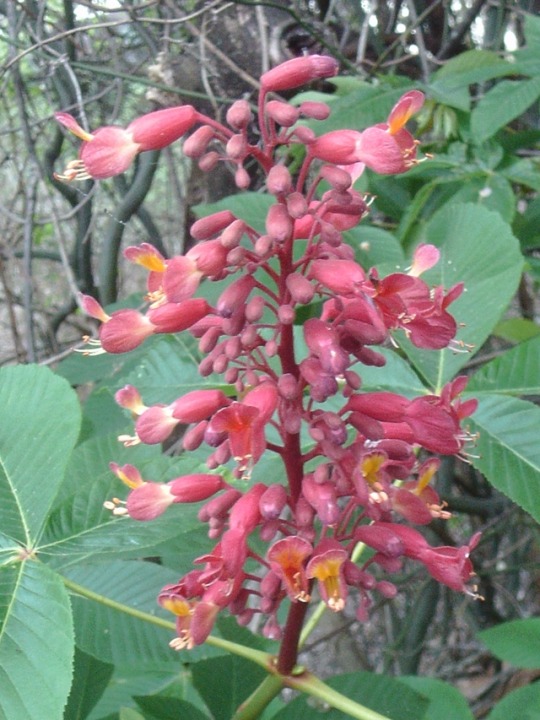
2017-04-02 Red Buckeye - Aesculus pavia
4 notes
·
View notes
Text
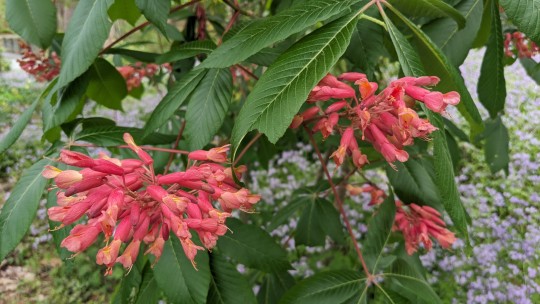
Aesculus pavia / Red Buckeye at the Sarah P. Duke Gardens at Duke University in Durham, NC
#Aesculus pavia#Aesculus#Sapindaceae#Red Buckeye#Scarlet Buckeye#Woolly Buckeye#Firecracker Plant#Buckeye#Native plants#Native flowers#Native trees#Plants#Flowers#Trees#Nature photography#photographers on tumblr#Sarah P. Duke Gardens#Duke Gardens#Duke University#Durham#Durham NC#North Carolina
1 note
·
View note
Text
oh my gosh so it is just one giant seed in there. cool.
youtube
0 notes
Text



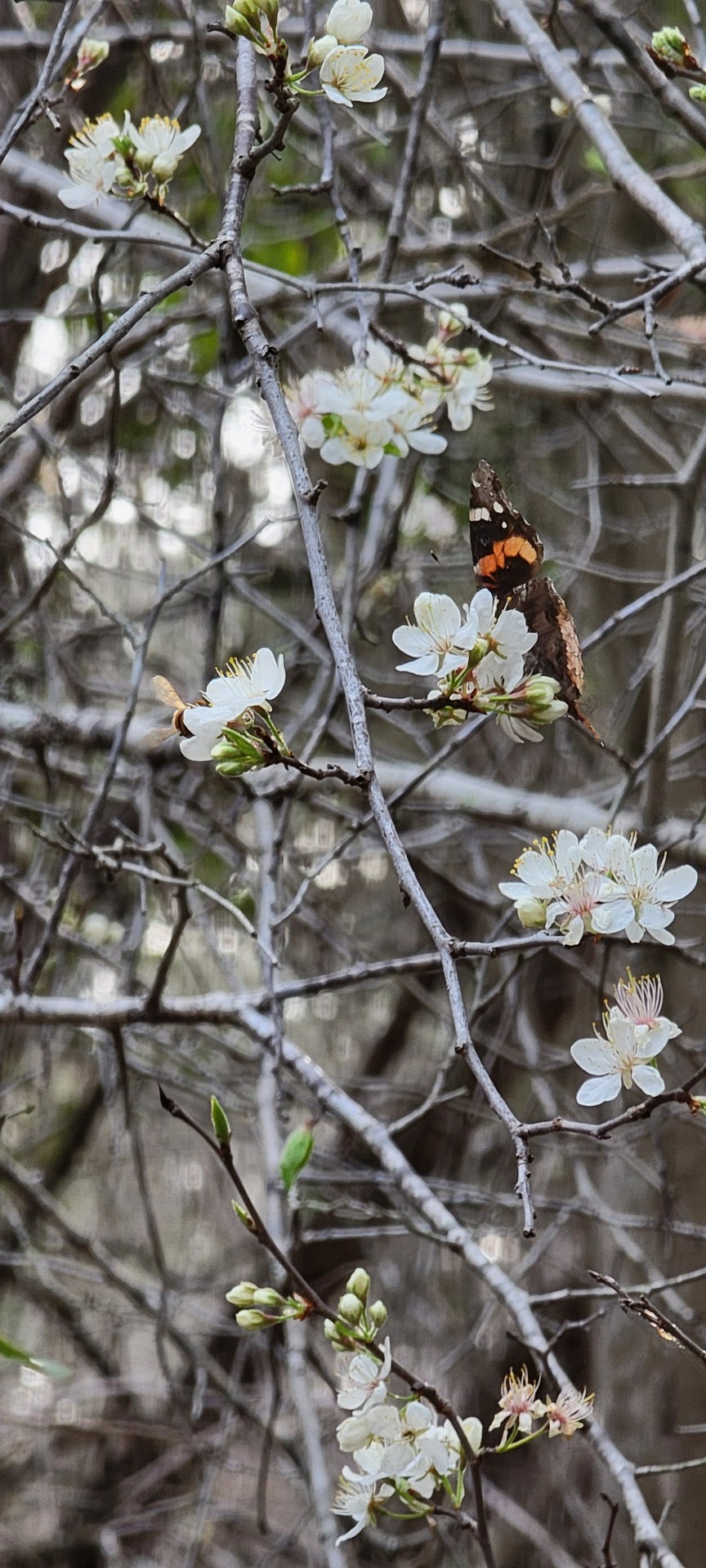



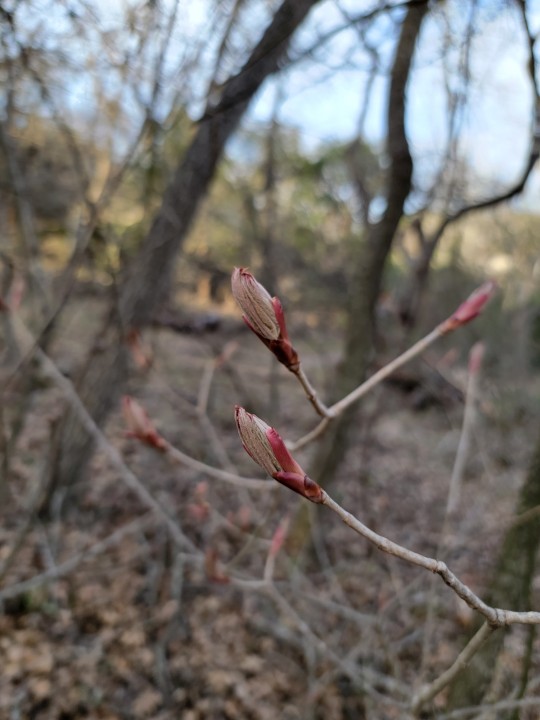

Signs of spring: Texas mountain laurel (Sophora secundiflora) and Mexican plum (Prunus mexicana) flowering, and red buckeye (Aesculus pavia) leafing out.
50 notes
·
View notes
Photo

Aesculus × carnea (Red horse-chestnut - Var. Fort Mcnair)
The Red horse-chestnut is a cross between the common horse-chestnut (Aesculus hippocastanum), which has white flowers, and red buckeye (Aesculus pavia), a North American tree in the same family. Although it’s described as an artificial hybrid, it first appeared in Germany in 1820 and no one knows who came up with the original model. The inflorescence of this particular cultivar, “Fort Mcnair” is noted for it’s rose colored flowers with yellow throats. Naturally, bees and hummingbirds love this flowering tree. This one’s growing down at a local historical park, the Stewart Farmhouse.
#flowers#photographers on tumblr#red horse-chestnut#pink#summer#fleurs#flores#fiori#blumen#bloemen#Vancouver
103 notes
·
View notes
